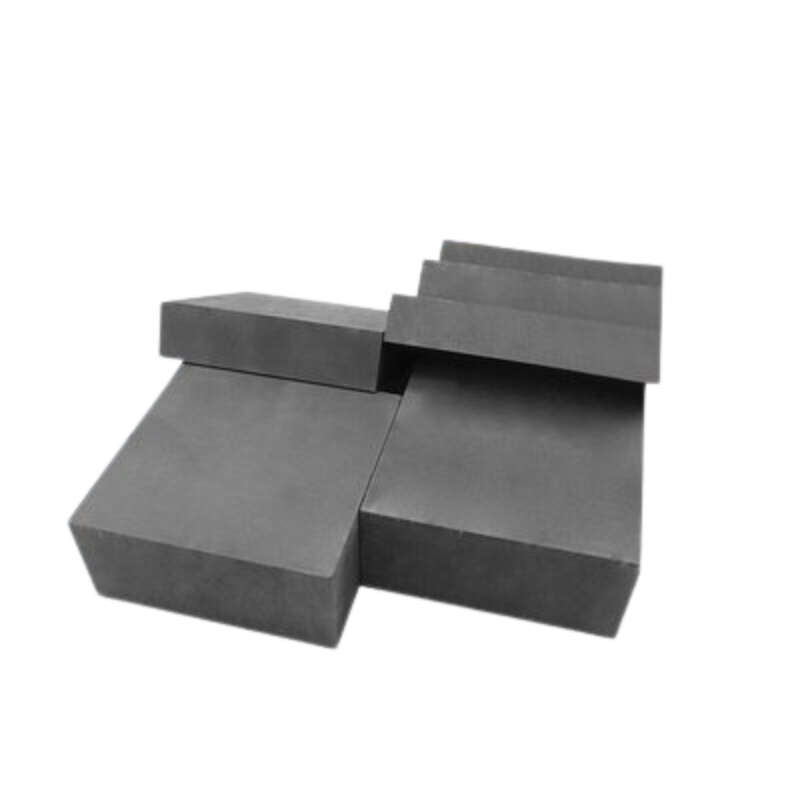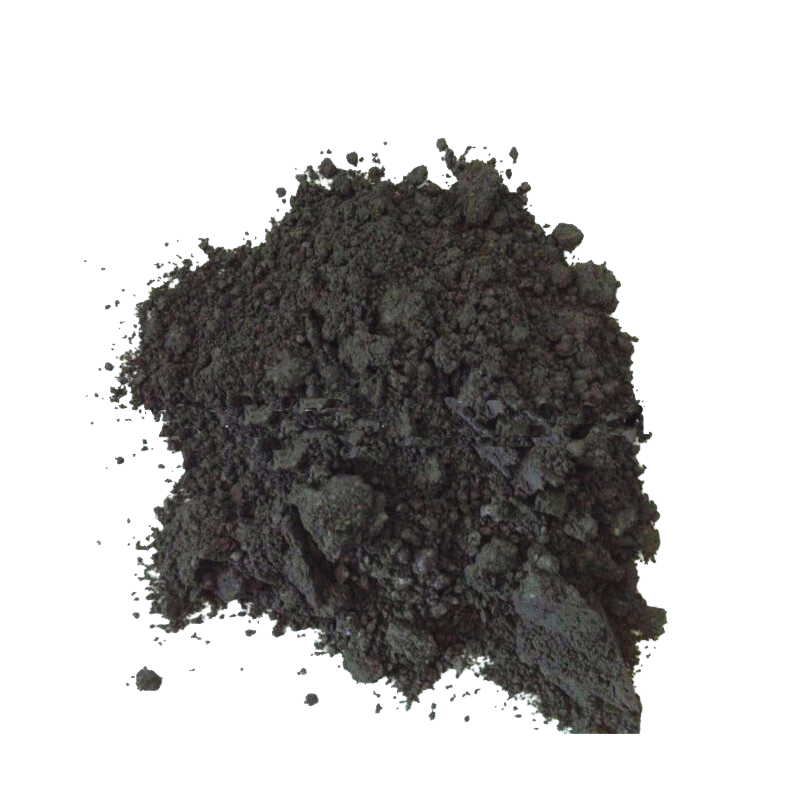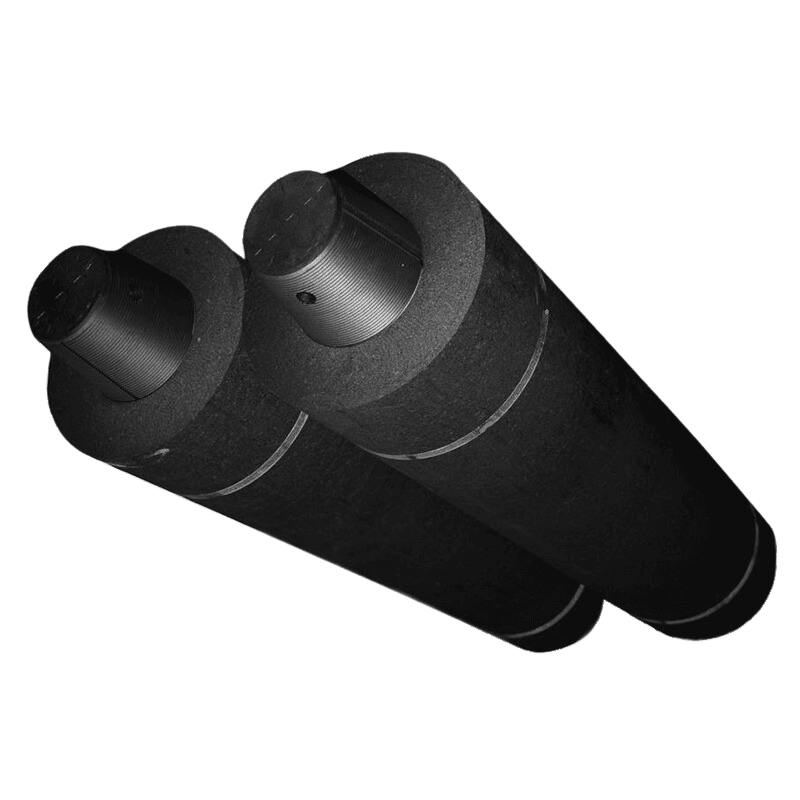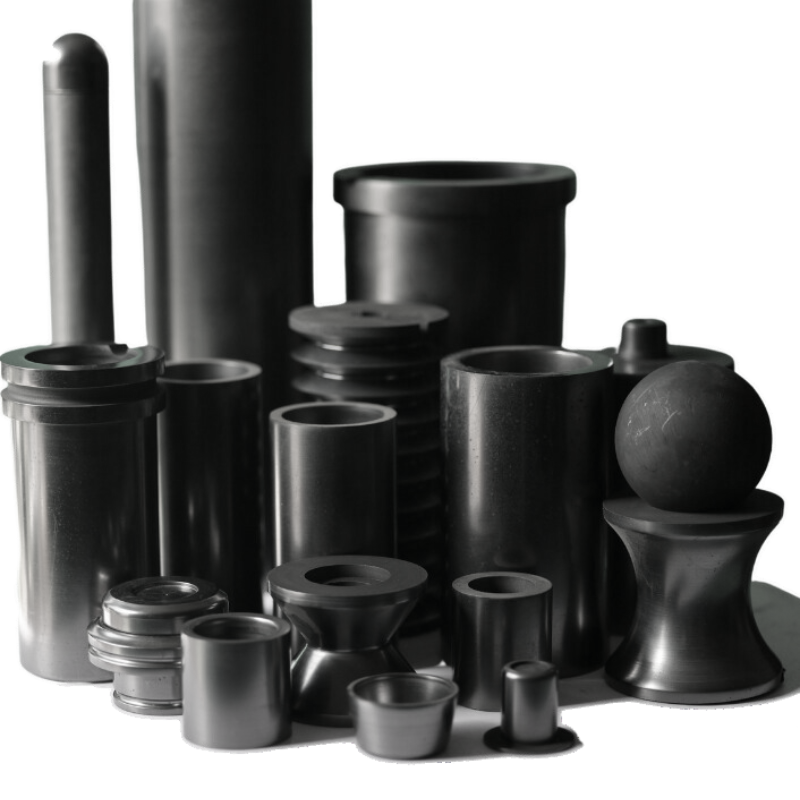Introduction:
Microelectromechanical Systems (MEMS) have become integral components in various industries, driving technological advancements in sensors, actuators, and other miniature devices. Behind the scenes of these intricate creations lies a crucial element – the graphite mold. In this article, we will delve into the significance of graphite molds in the fabrication of MEMS, exploring their role, benefits, and the impact they have on achieving precision in manufacturing.
Understanding the Role of Graphite Molds:
Graphite molds serve as the foundation for the production of MEMS devices. Their ability to withstand extreme temperatures, maintain dimensional stability, and provide excellent thermal conductivity makes them indispensable in the MEMS fabrication process. Graphite, a form of carbon with unique properties, offers exceptional strength, durability, and thermal resistance, making it an ideal material for creating intricate microstructures.
Precision in Microfabrication:
The key to successful MEMS fabrication lies in precision, and graphite molds play a pivotal role in achieving this. The mold’s ability to replicate intricate patterns and structures with micron-level accuracy ensures the consistency and reliability of MEMS devices. This precision is critical for applications such as accelerometers, gyroscopes, and pressure sensors, where even the slightest deviation can affect performance.
Benefits of Graphite Molds in MEMS Fabrication:
1.High Thermal Conductivity:
Graphite molds possess high thermal conductivity, enabling efficient heat transfer during the microfabrication process. This property ensures uniform cooling and solidification of the MEMS structures, reducing the risk of defects and enhancing the overall quality of the final product.
2.Dimensional Stability:
Maintaining dimensional stability is crucial in MEMS fabrication to achieve the desired form and functionality. Graphite molds excel in this aspect, providing a stable and consistent platform for the replication of microstructures. This stability contributes to the reproducibility of MEMS devices, essential for large-scale production.
3.Chemical Inertness:
Graphite’s chemical inertness is advantageous in the harsh environments often encountered during MEMS fabrication processes. The material resists corrosion and chemical reactions, ensuring the longevity of the graphite mold and preventing contamination of the microstructures being fabricated.
4.Customization and Complexity:
Graphite molds offer flexibility in design, allowing for the creation of highly complex and customized microstructures. This adaptability is vital in meeting the diverse requirements of MEMS applications across industries. Whether it’s creating intricate patterns for biomedical devices or complex sensor arrays for automotive applications, graphite molds provide the versatility needed in MEMS fabrication.
Graphite Molds: A Catalyst for MEMS Innovation:
The constant evolution of MEMS technology demands innovation in fabrication processes. Graphite molds act as a catalyst for this innovation, enabling the development of more advanced and intricate microstructures. As MEMS devices continue to shrink in size while expanding in functionality, the role of graphite molds becomes increasingly crucial.
Challenges and Future Developments:
While graphite molds offer numerous advantages, there are ongoing efforts to address challenges such as mold wear and the potential for microstructure distortion during fabrication. Researchers and industry experts are actively exploring advanced coating technologies and novel mold materials to enhance the durability and precision of graphite molds.
Additionally, the integration of machine learning and artificial intelligence in MEMS fabrication processes holds the promise of further optimizing the use of graphite molds. Predictive modeling and process control algorithms can contribute to minimizing errors, reducing production costs, and accelerating the overall development timeline.
Conclusion:
In conclusion, graphite molds stand as indispensable components in the intricate world of MEMS fabrication. Their unique properties, including high thermal conductivity, dimensional stability, and chemical inertness, make them the go-to choice for creating precise and reliable microstructures. As MEMS technology continues to advance, the role of graphite molds will remain at the forefront of innovation, driving the development of smaller, more efficient, and sophisticated microelectromechanical systems.





